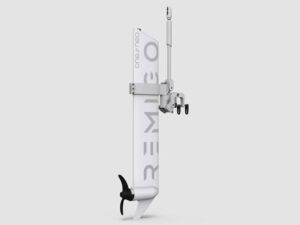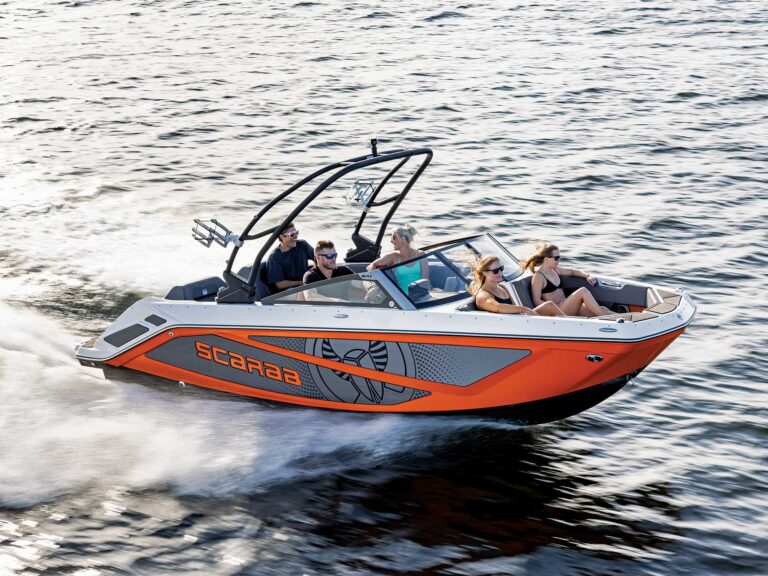
Ostensibly designed to ensure cleaner air, the Renewable Fuel Standard (RFS) ends up creating pollution, makes food cost more, and all the while provides pork for corn growers and ethanol distillers. That the RFS puts marine engines at risk is the point I really want to drive home. Implementing RFS provisions, the federal Environmental Protection Agency sets the limits for the percentages of ethanol in fuel, which resulted in the now ubiquitous E10 blend of gasoline mixed with 10 percent ethanol.
Problems, including destroyed engines and ruined boat-fuel systems, did occur when E10 first hit the market. These older systems and boats have been repaired or replaced, though the owners saw neither a dime nor even an apology from those who unleashed the noxious mixture upon us.
Today, boat-fuel systems and marine-gasoline engines are built to tolerate ethanol in amounts up to 10 percent. Gasoline blends with higher amounts of ethanol (E15) cause damage, and, in fact, many engine-makers void the warranty if the owner uses fuel containing more than 10 percent ethanol.
At any percentage, boaters are still faced with the problem of storing ethanol-blended fuel. Hygroscopic, ethanol attracts water, which can cause corrosion, poor performance, and “phase separation.” When phase separation occurs, fuel octane drops precipitously, creating the opportunity for engine knock, and a chemical sludge forms in the tank that cannot be burned. There is no additive to remove water from a fuel system or reverse phase separation — though boaters should dose every tankful with additives designed to inhibit fuel from attracting water and phase separation from occurring. Since, unlike car engines, most boat engines are used intermittently, ethanol problems are exacerbated. Learn the results of testing conducted by engine-makers at nmma.org/government/issues/ethanol.
In July, the EPA announced its proposed 2018 Renewable Volume Obligations (RVO) as part of the RFS program. The volume of conventional biofuels (i.e., E15) is set to stay at 15 billion gallons and continue to put boaters at significant risk.
National Marine Manufacturers Association Federal and Legal Affairs Vice President Nicole Vasilaros stated: “We’re disappointed in the EPA’s 2018 RVO proposal, as the levels included are too high and continue to promote E15 — proven to cause significant damage to marine engines — in the fuel supply. The proposal in its current form would deny the boating public choice at the pump while subjecting the industry to an increasing supply of a dangerous, prohibited fuel blend for their products. The expansion of E15 threatens access to safe fuels like E10 and, without robust public education efforts, puts consumers at further risk of misfueling. Higher RVOs also diminish the availability of E0, which many boaters demand. The Renewable Fuel Standard is a broken law that doesn’t reflect the market and consumer realities of today, making it more important than ever for Congress to fix the mandate.”
We couldn’t agree more.









